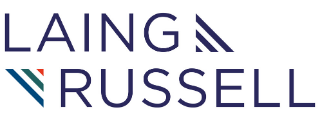Organisation Design and Development
Career ABC – Always be Curious
Encouraged by our marketing colleague to use this month’s insight post to reflect on career. We landed on this riff off of that famous speech of Alec Baldwin’s character in the movie Glengarry Glen Ross. And rather than “always be closing” we would say with your career always be curious. The first thing that struck us…
Read MoreDelivering client value through focused, yet carefree talk
A team conversation this week prompted the reflection that fresh perspectives and new productive actions result through focused, yet carefree talk. Noting carefree might not be quite the right term, it’s certainly not care-less. By focused yet carefree, we mean that uninhibited talk that is based on trust. Talk that is not wedded to any…
Read MoreClient First and Clear: Thoughts on being a coach and a consultant
So, what did you do at work today, dad? Whilst its getting on for 30 years since our son first asked me that question, it remains a powerful and useful question for us all at Laing Russell. What did you do? What difference did it make? What did you learn? What will you do next? The…
Read MoreShow don’t Tell: A new (to me) perspective on change leadership
As an experienced consultant with a professional heritage in engineering, I have absolutely no academic credentials in literature or any other media. However, with children that studied film and literature at first degree level and also as someone that enjoys films, I have come to understand the idea of ‘show don’t tell’ as used in…
Read MoreImportance of the New
Like all of us, the Laing Russell team has had many new consulting experiences in recent weeks and months. Our own learning from these new experience has prompted us to reflect on the very significant value of proactively seeking out the ‘new’, the ‘the road less travelled’ to encourage development and change. The challenge of…
Read More




